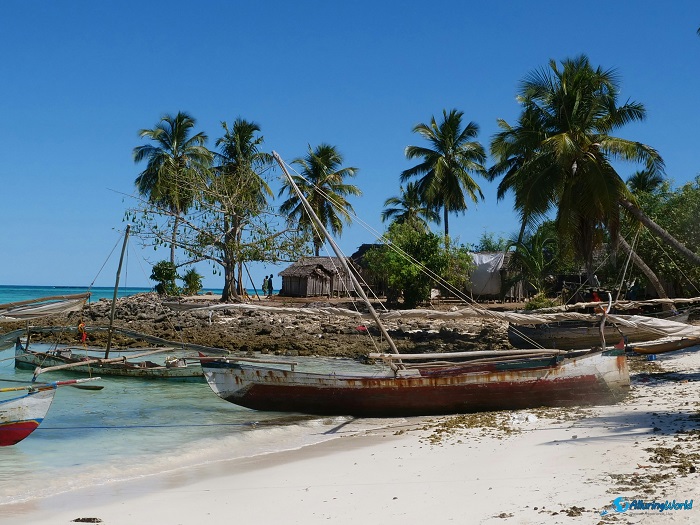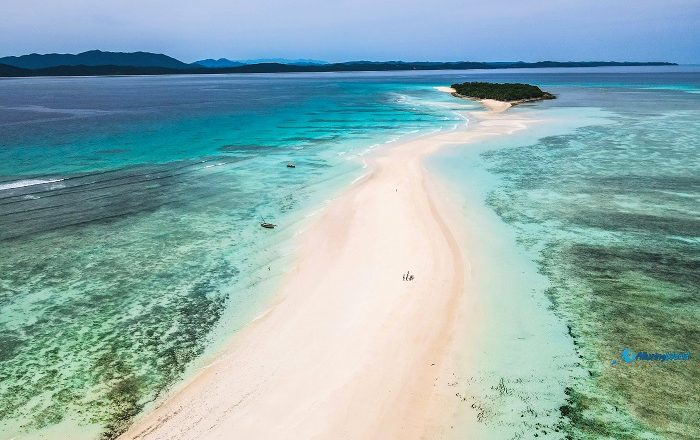Nosy Iranja is a small and very picturesque island that is located on the coast of the southwestern part of the Diana Region in the Indian Ocean, which is in the northern part of the Republic of Madagascar. One of the most stunning islands of Madagascar located in the Indian Ocean, this breathtaking tropical island belongs to the Mitsio Archipelago and is situated around 50 km (31 mi) south of Nosy Be, another prominent island in the area.
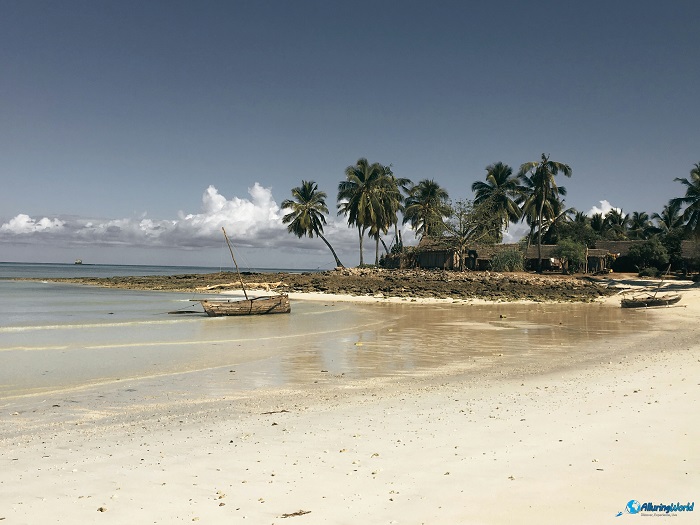
Known for its pristine beaches, crystal-clear waters, and vibrant marine life, Nosy Iranja is actually composed of two smaller islands that are named Nosy Iranja Be (Big Nosy Iranja) and Nosy Iranja Kely (Little Nosy Iranja) which are connected by a unique 2-km (1.2-mi) long sandbank that emerges during low tide. This unique feature is one of the many reasons why Nosy Iranja is considered a hidden gem and a must-visit destination in Madagascar.
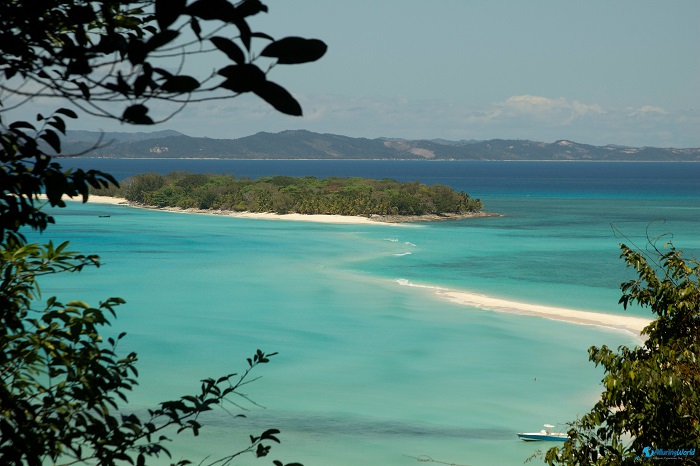
The formation of Nosy Iranja is a result of volcanic activity combined with coral growth over millions of years, and like much of Madagascar, the island’s geological origins are tied to the break-up of the supercontinent Gondwana around 135 million years ago. The land that would become Madagascar drifted away from Africa, and the volcanic activity that followed contributed to the formation of numerous islands and coral reefs in the region, so over time, coral growth in the warm, shallow waters surrounding Madagascar created the foundation of Nosy Iranja, eventually giving rise to the island’s stunning beaches and underwater ecosystems.
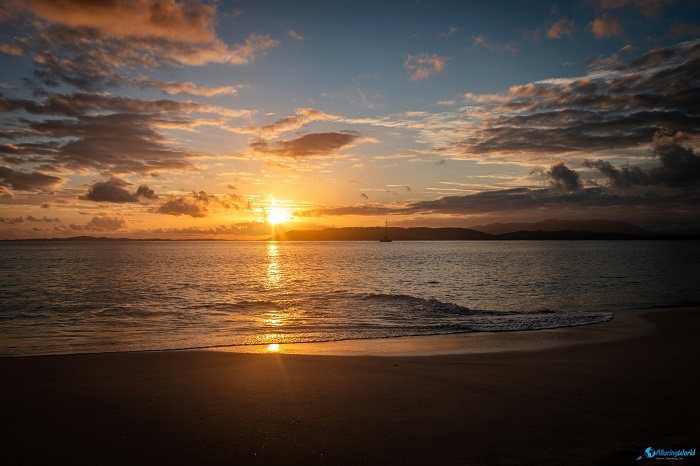
Nosy Iranja is renowned for its ecological significance, both for its terrestrial and marine environments. The island is covered with lush vegetation, including coconut palms and tropical trees, providing a home for a variety of wildlife, however, it is the surrounding waters that truly capture the essence of Nosy Iranja’s natural beauty. The coral reefs surrounding the island are home to a wealth of life that will make it a marine biodiversity heaven, and visitors can expect to encounter a large number of colorful fish, sea turtles, and even dolphins and whales swimming around in the surrounding waters. The island is also best known as a hawksbill turtle and green sea turtle nesting place, where the turtles make their way up onto its pristine beaches to lay their eggs on the same beaches they were born, a touching reminder of the delicate balance of nature that Nosy Iranja represents.
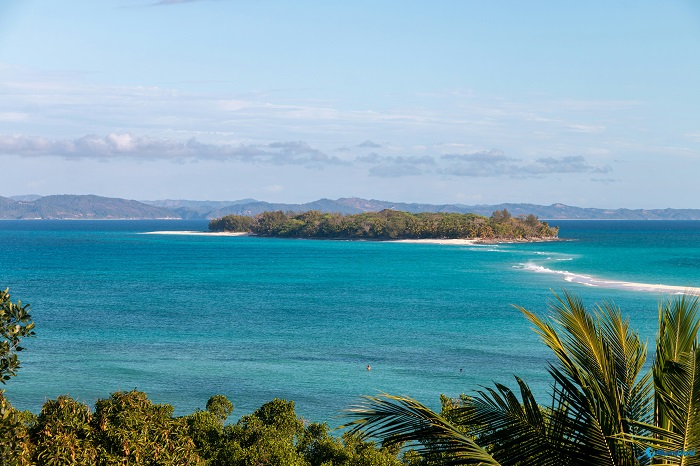
Nosy Iranja’s current status as a protected area is evidence of its importance as a natural and cultural heritage. There are already conservation efforts to preserve the island’s ecosystem, particularly the coral reefs and turtle nesting sites, and to crown all these, there is an existing small fishing community on the island where generations of the Indigenous Malagasy have dwelled. These communities are very closely related to the island, its resources, and its environment because of the means of livelihood, such as fishing and small-scale tourism, and so protecting Nosy Iranja is not just a matter of natural beauty, but also a question of safeguarding the cultural heritage and people’s livelihoods.
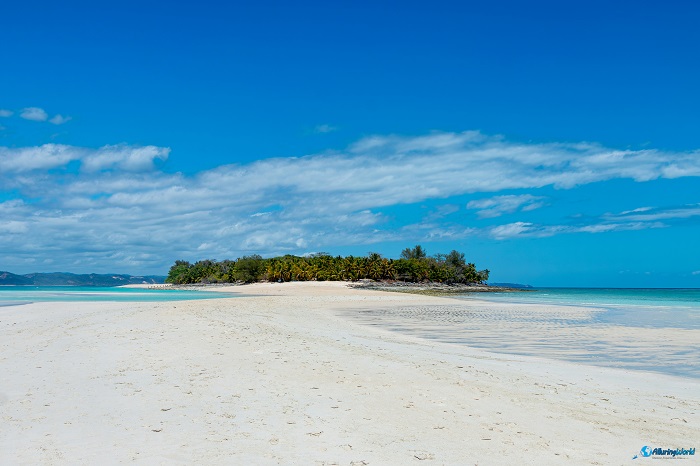
Over the last few years, Nosy Iranja has developed into a trendy destination for visitors looking for an idyllic retreat from the stresses of city life. Due to its seclusion and poor accessibility, the island has remained untouched, welcoming those who care about nature, peace, and adventure, but the island’s greatest attraction lies in its untouched beaches, which are usually counted among the most beautiful in Madagascar.
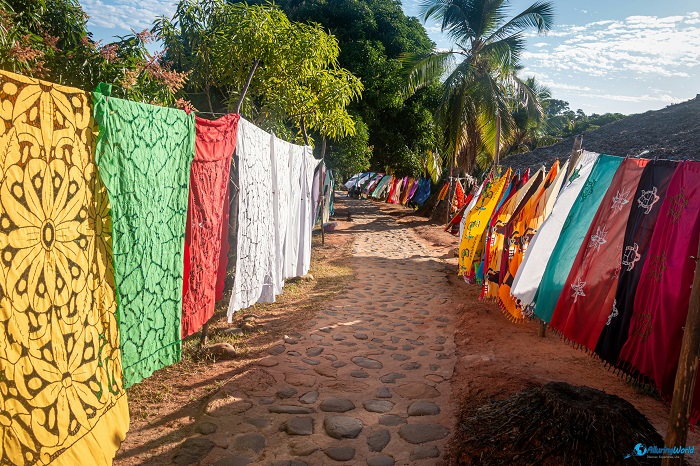
The sandbank between the two islands is a standout feature, treating tourists to the otherworldly experience of strolling between two islands in the middle of the azure waters of the Indian Ocean. At low tide, the sandbank becomes completely exposed, and tourists can walk from Nosy Iranja Be to Nosy Iranja Kely, gathering seashells and taking in the scenery en route.
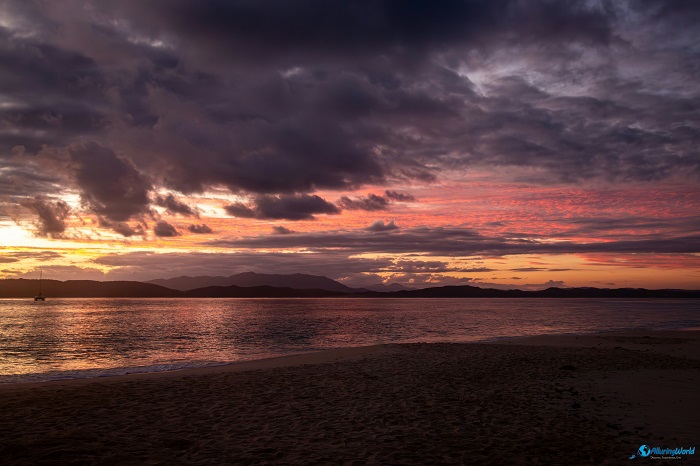
For snorkeling and diving enthusiasts, Nosy Iranja is a dream come true since the coral reefs surrounding the island are some of the most varied and intact in Madagascar, boasting an incredible array of marine life. The clear waters provide a high level of visibility, so it is not difficult to see everything from brilliant coral formations to schools of tropical fish. Diving trips can be booked with local operators, offering access to some of the finest dive spots in the area. As a beginner or an experienced diver, the underwater scenery of Nosy Iranja will be an unforgettable experience.
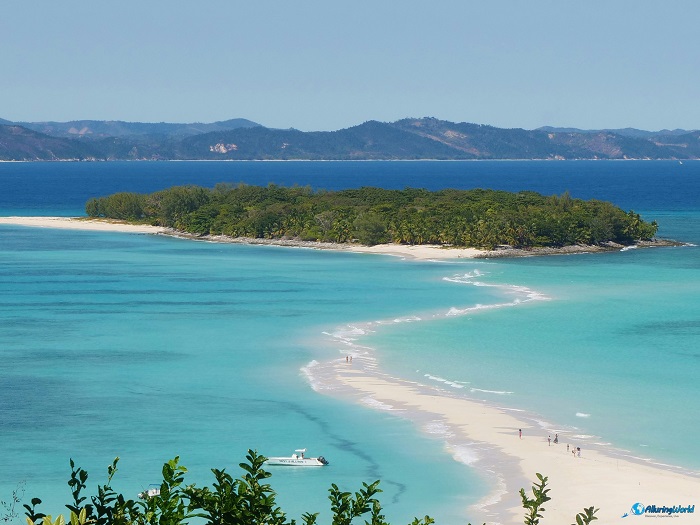
In addition to its natural attraction, Nosy Iranja also offers an insight into the local traditional way of life in Madagascar because the small village on the island offers visitors a unique cultural experience, where they are able to mingle with the locals and learn about their day-to-day activities and customs. The village has handicrafts, particularly woven products from local materials that are excellent for souvenirs, and tourists can taste fresh seafood that the island fishermen catch every day to prepare in traditional Malagasy.
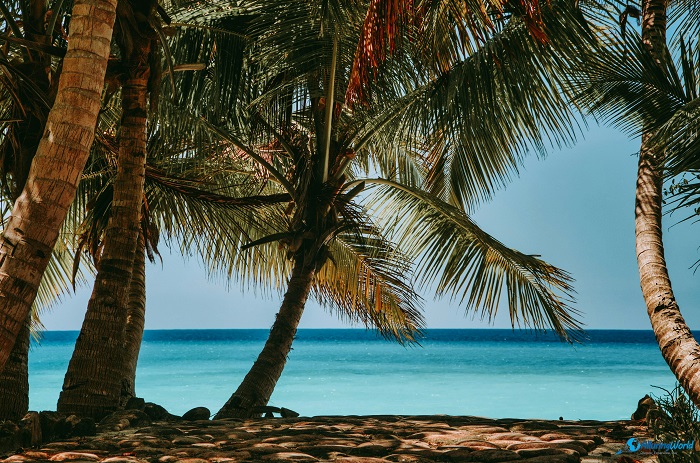
Getting to Nosy Iranja requires some planning, but it is worth it. The island is accessible by ferry from the mainland of Madagascar or from the nearest large island, Nosy Be, which is a tourist destination itself with an airport receiving flights from Madagascar’s capital city, Antananarivo, and other local centers.
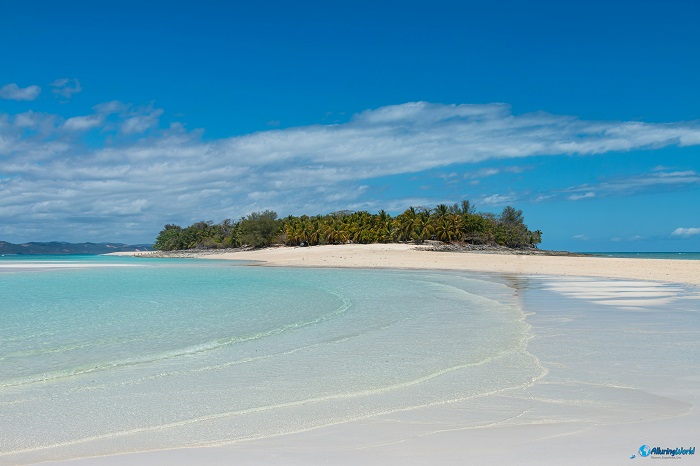
The boat ride from Nosy Be to Nosy Iranja is approximately an hour and a half, depending on the sea conditions, but the ride is a beautiful sight to behold with views of the Indian Ocean and nearby islands, leading into the wonder that awaits at Nosy Iranja. Day trips from Nosy Be are also available, which usually include transportation, food, and guided tours of the island.
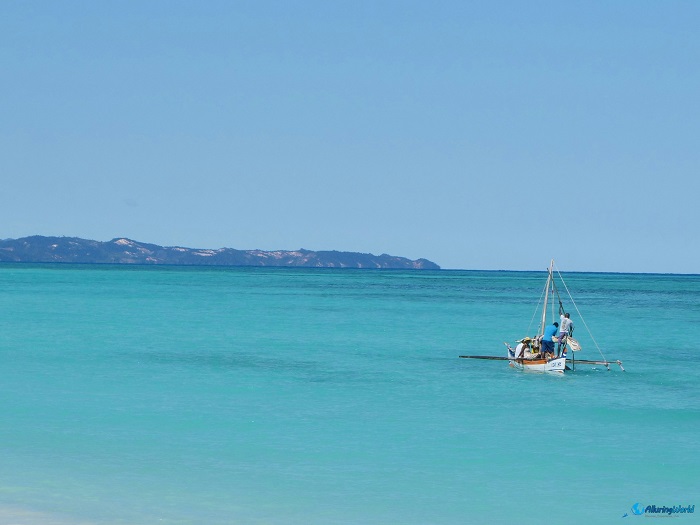
For extended visits and soaking up the serene environment of the island, there are some places to stay at Nosy Iranja, and they are eco-lodges and guesthouses in which the accommodation is designed to keep the natural environment in view and offer comfort without ruining the unspoiled beauty of the island. An overnight stay makes it possible for the visitors to experience the island at its tranquil best, particularly early morning and late evening after the day-trippers have dispersed and the island resembles a secluded paradise.
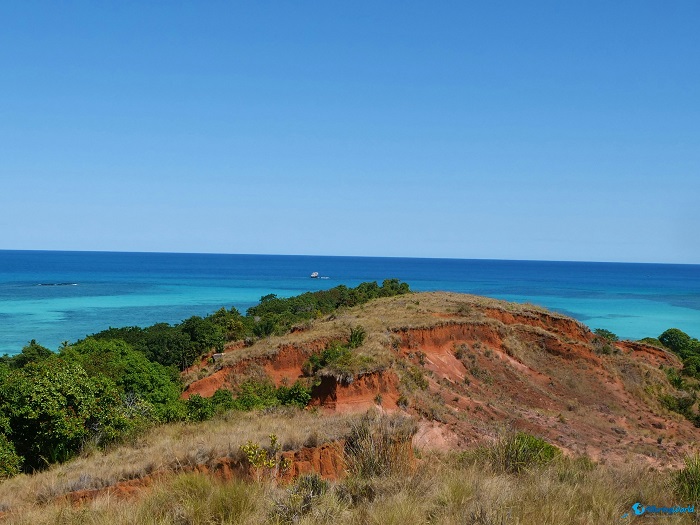
The significance of Nosy Iranja today is not only its beauty but also the fact that it stands as an emblem of nature conservation and environmentally friendly tourism. The island is a demonstration of how tourism can be employed to contribute to the environment as well as people staying there, and by visiting Nosy Iranja, tourists assist in maintaining its ecosystems and the well-being of the local residents so that this heaven on earth is not spoiled for the next generation.
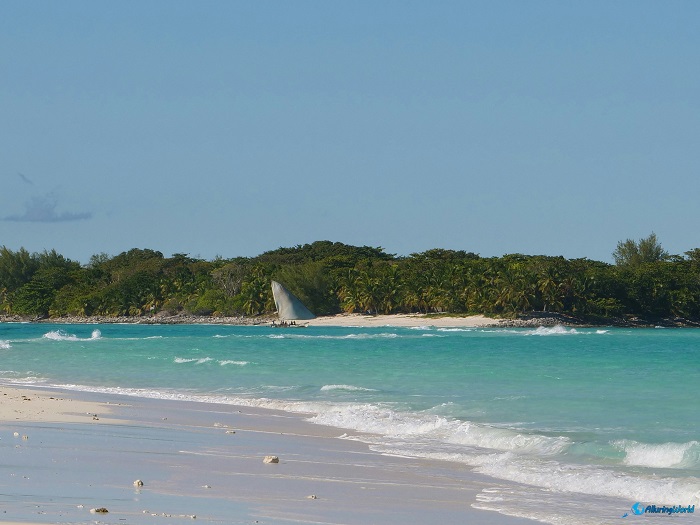
Thus, Nosy Iranja is a real treasure for Madagascar with a unique combination of natural attractions, cultural diversity, and ecological value. Its far-out location and undeveloped condition make it an ideal getaway destination for those craving an escape from nature, its rich biodiversity and cultural heritage mean a fulfilling visit for everyone who comes, and no matter how you are pulled by the marvelous beaches, the colorful sea life, by the chance to connect with island culture, Nosy Iranja offers an unforgettable experience reflecting the essence of Madagascar’s rough and untamed beauty.
